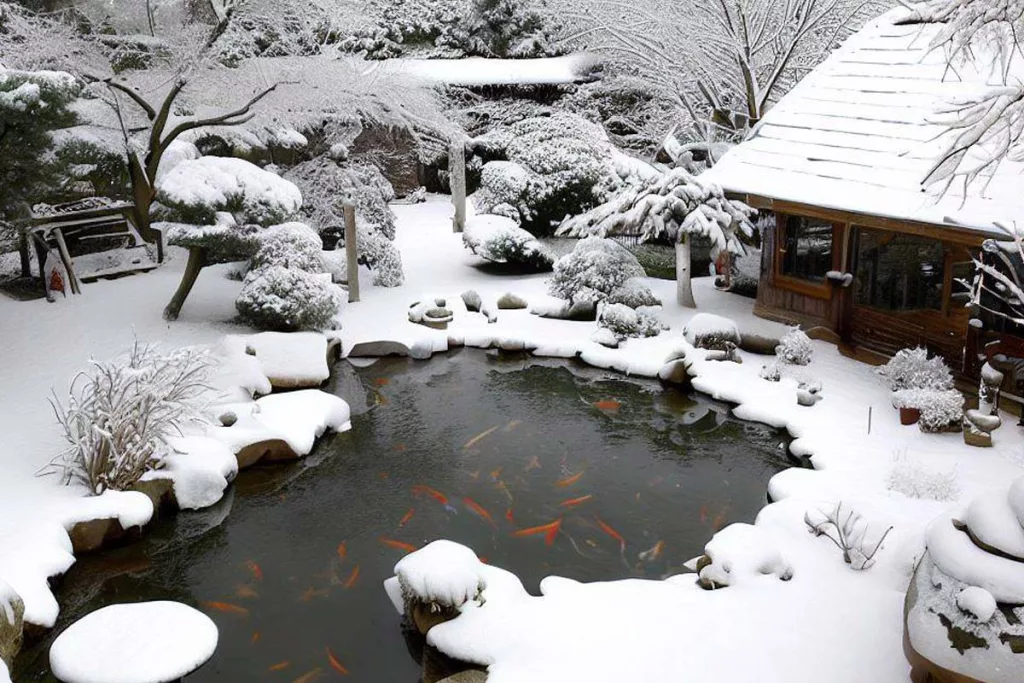
A Pond Need ||A well-maintained pond can be a delightful addition to any backyard, providing a serene oasis and a habitat for aquatic life. If you’re considering stocking your pond with fish, it’s essential to ensure their survival through the winter months. One crucial factor for winter fish survival is the depth of your pond. In this article, we will explore the optimal pond depth required for fish to brave the chillier temperatures and emerge thriving come spring.
The Importance of Pond Depth
The depth of a pond plays a crucial role in maintaining a stable and suitable environment for fish during winter. It serves as a buffer against extreme temperature fluctuations and creates a thermal layer that offers insulation. This layer provides a more stable and warmer water temperature, enabling fish to survive the colder months without succumbing to freezing or other adverse conditions.
Recommended Depth for Winter Survival
To maximize the chances of fish survival during winter, experts recommend a pond depth of at least 3 to 4 feet (0.9 to 1.2 meters). This depth allows for the formation of a stable thermal layer that fish can seek refuge in. By locating themselves in this zone, they can benefit from a more consistent water temperature that is less affected by the freezing conditions above. Deeper ponds, beyond this recommended range, provide even better insulation and further enhance fish survival rates.
Factors Influencing Pond Depth|| A Pond Need
Several factors can influence the ideal pond depth for fish survival. Firstly, consider your local climate. If you reside in an area with harsh winters, deeper ponds become more critical. Additionally, the fish species you plan to keep should be taken into account, as different species have varying tolerance levels for cold temperatures. Lastly, the overall size and design of your pond can impact the ideal depth, with larger ponds often benefiting from greater depth for better thermal stability.
Conclusion|| A Pond Need
Creating a winter haven for fish in your pond requires careful planning and consideration of their needs. Adequate depth is a vital aspect to ensure their survival during colder months. Aim for a minimum depth of 3 to 4 feet, or even deeper if possible, to provide a stable thermal layer and insulation against extreme temperature fluctuations. By doing so, you’ll be setting the stage for a flourishing fish population in your pond come spring. Read More>>
Leave a Reply